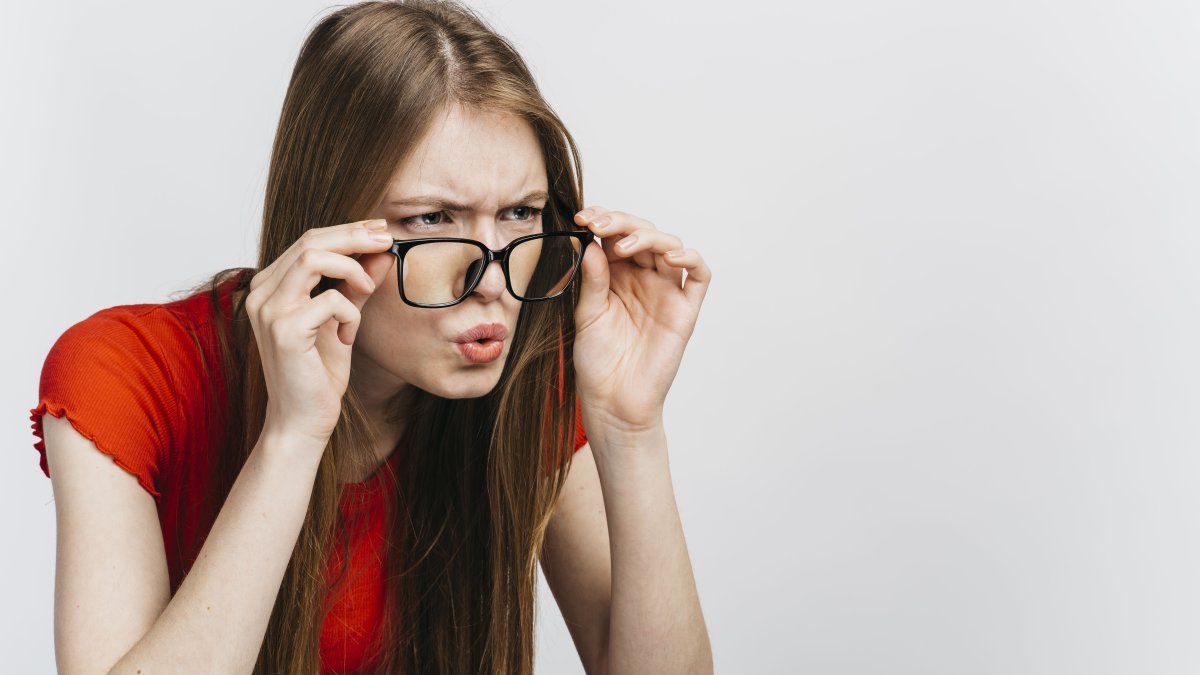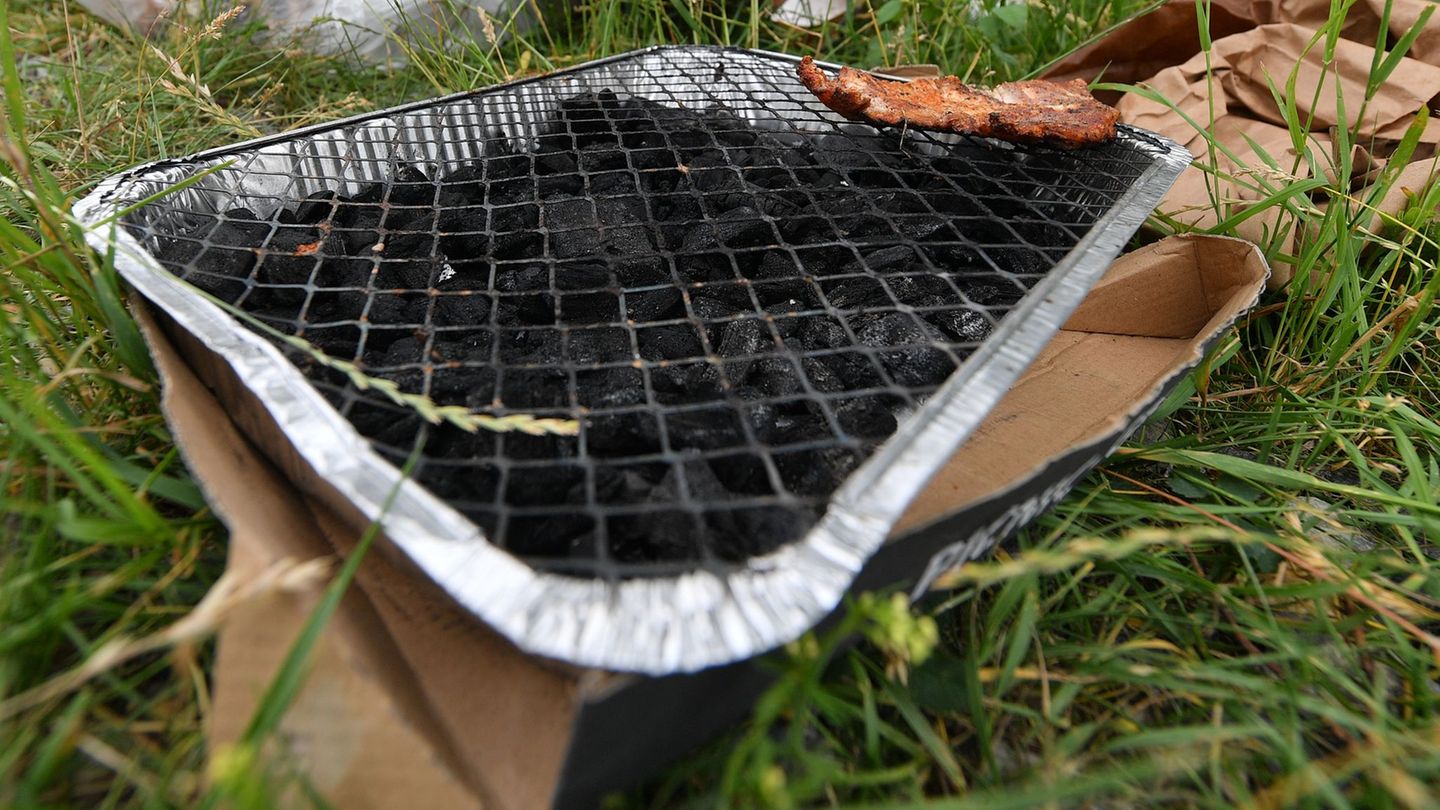The myopia It is an ophthalmological medical disease that causes a person to see poorly, from a distance, but that, in addition to this visual alteration, can develop other anatomical problems in the eyeball, which can lead to vision loss, sometimes irreversible. Happily, Just as there are different methods to correct the vision of a myopic person, whether with glasses, contact lenses and different surgical procedures, knowledge has also evolved and today we know that there are procedures to try to mitigate the appearance and development of the vision. myopia, especially when measures are taken in childhood.
Recently, a note was published in the journal Nature on how Myopia has become an epidemic that is growing around the world. The Covid-19 pandemic marked a change in the education of many children and adolescents, who had virtual classes for a long time, spending the vast majority of the day indoors, without going out to do outdoor activities.
If we add to that that after the schoolwork carried out virtually, the rest of the activities in childhood are also predominantly virtual, through video games and networks, it becomes noticeable that the visual system of the new generations has been adapting. to prioritize close vision.
Although there are different myopia study groups in the world (including Argentina), which have been working for decades, the coronavirus pandemic and the months in which a large part of the population was with mobility restrictions, generated a scenario special to study and determine the relevance of myopia risk factors. Specifically, the number of hours of screen use and the great importance of natural light.
These factors will determine the growth of the eyeball (axial length), which, if it grows, greatly produces myopia. This also causes a greater predisposition towards other pathologies such as, for example, glaucoma and lesions in the back of the eye (maculopathy, retinal detachment). Currently, there is scientific evidence and consensus regarding the importance of outdoor exposure and the recommendation is to have at least 2 hours of exposure to natural light.
In relation to the use of screens, the recommendations aim to moderate the number of hours per day, also consider age (avoid them at an early age and try to use them little in early childhood), take care of the distance and the time of continuous use, with breaks visuals every 20 to 30 minutes.
If it is understood that today’s world revolves around an axis that has digitized most activities, new knowledge about myopia highlights simple measures that seek its prevention. Using screens before bed is known to cause sleep disorders and disrupt the circadian rhythm. On the other hand, screens are one of the main risk factors for evaporative dry eye.
On the other hand, outdoor sun exposure is, historically, known even for its relevance in metabolic aspects, such as the synthesis of vitamin D, relevant for many organic functions, mainly for bones. Understanding that to prevent myopia you have to spend more time outdoors and fewer hours in front of screens speaks to the relevance of the human ecosystem.
In addition, more measures have been developed to prevent the progression of myopia, such as the use of drops, new eyeglass designs, and contact lenses. All this highlights that, to treat myopia, it is not enough to prescribe glasses, but complete ophthalmological control is relevant, which, in turn, also allows other associated diseases to be ruled out.
Finally, new knowledge about myopia, environment and lifestyle establishes a new paradigm for its management. It is important to highlight again that it is a pathology that must be diagnosed and treated by an ophthalmologist, although other professionals may participate in its management, such as opticians, educators and even architects, to improve the design of the classrooms to encourage admission. of natural light. Also, the screen industry should take note that, while they are necessary, there are problems that must be resolved regarding their use and the health, especially, of vision.
Ophthalmologist, head of cornea transplant at Clínica Nano.
Source: Ambito
I am an author and journalist who has worked in the entertainment industry for over a decade. I currently work as a news editor at a major news website, and my focus is on covering the latest trends in entertainment. I also write occasional pieces for other outlets, and have authored two books about the entertainment industry.




